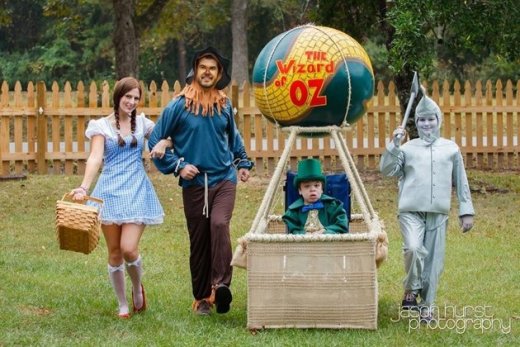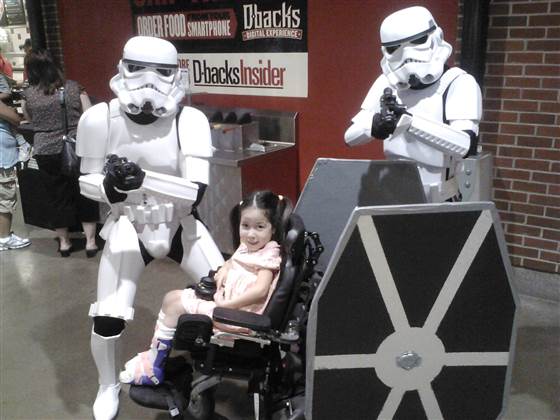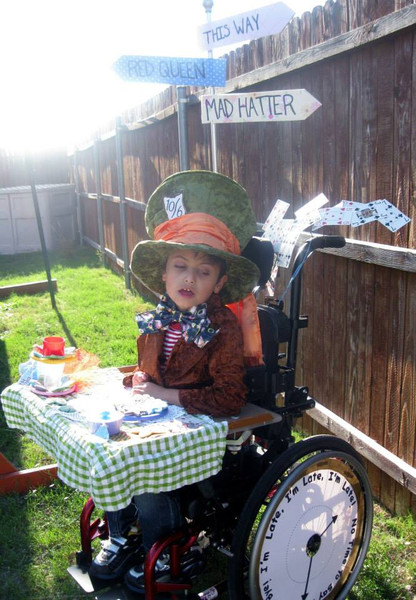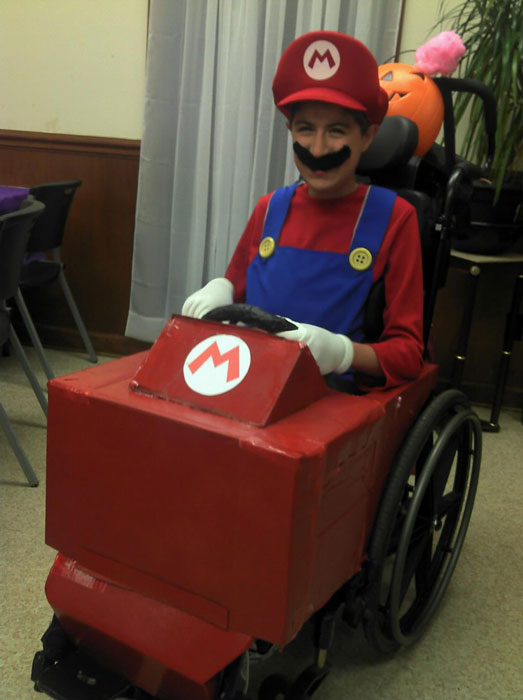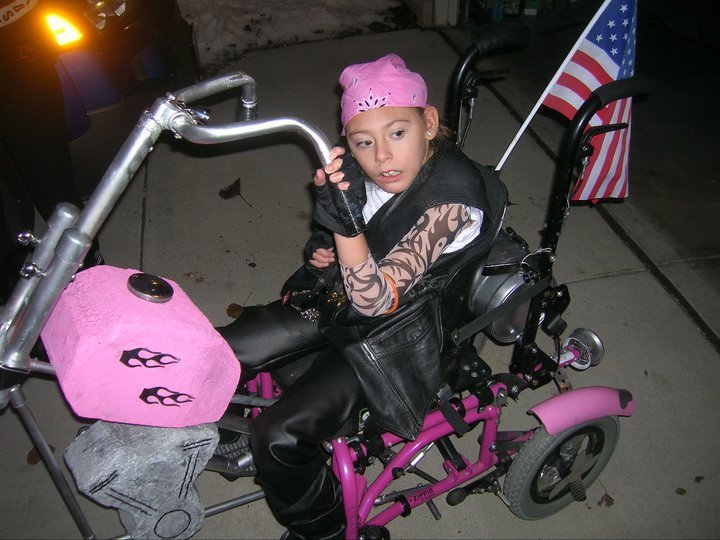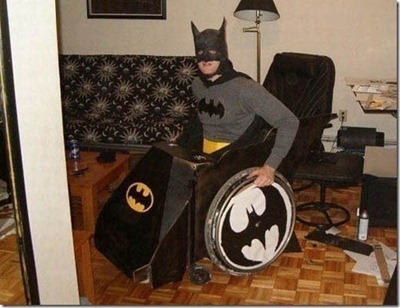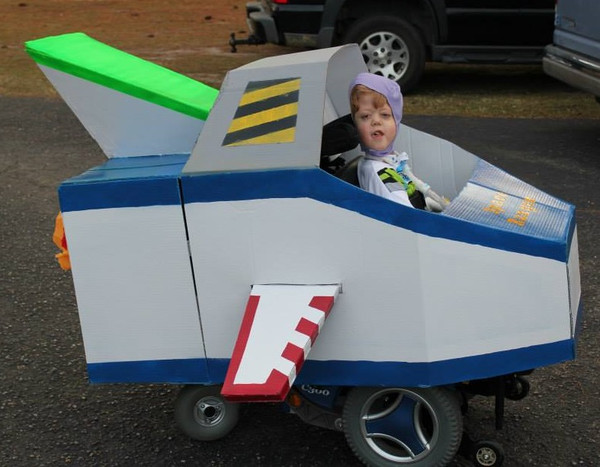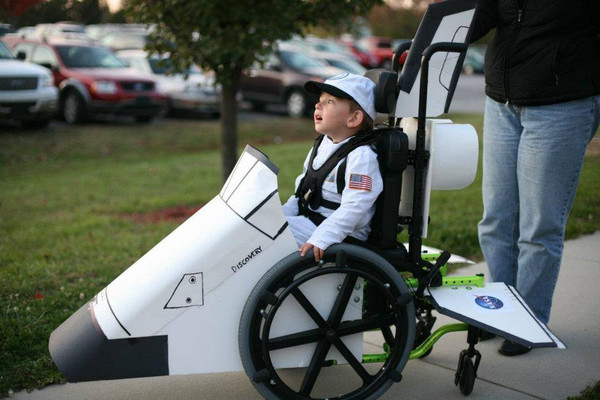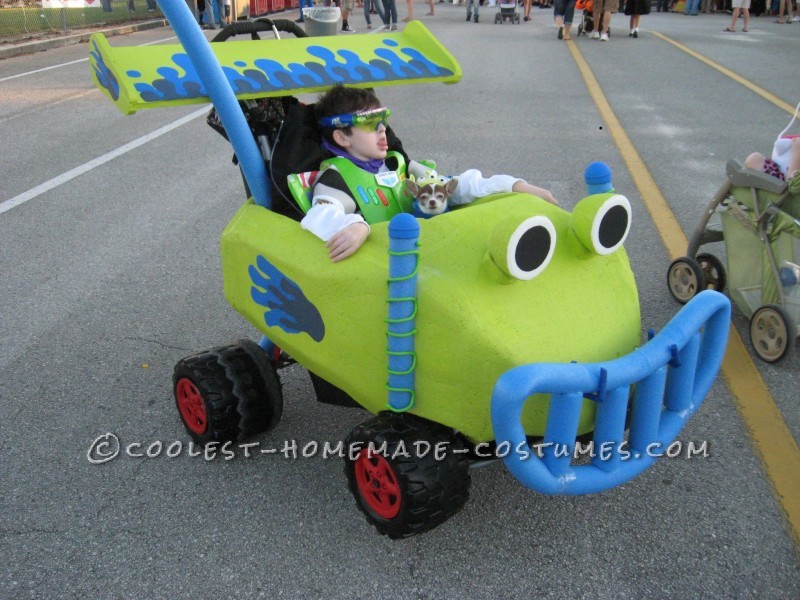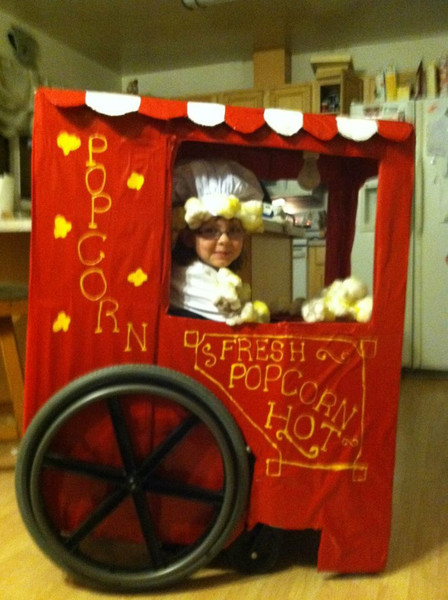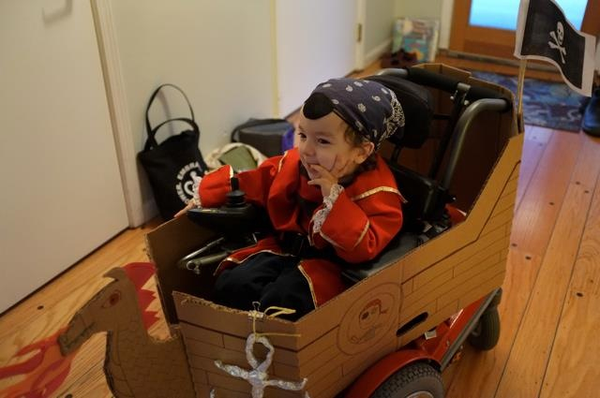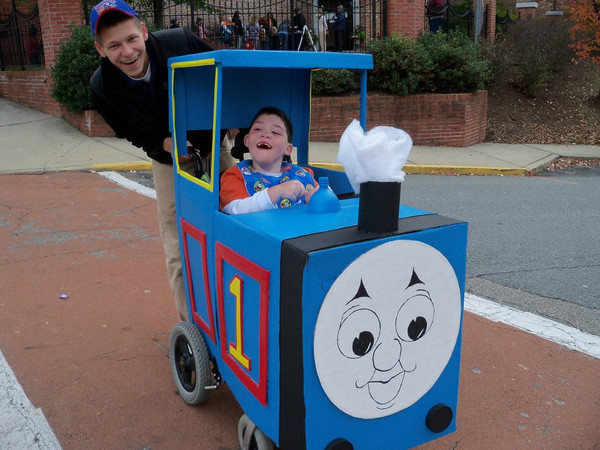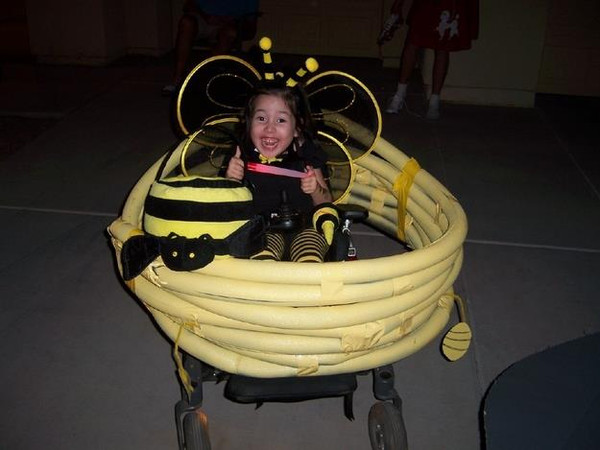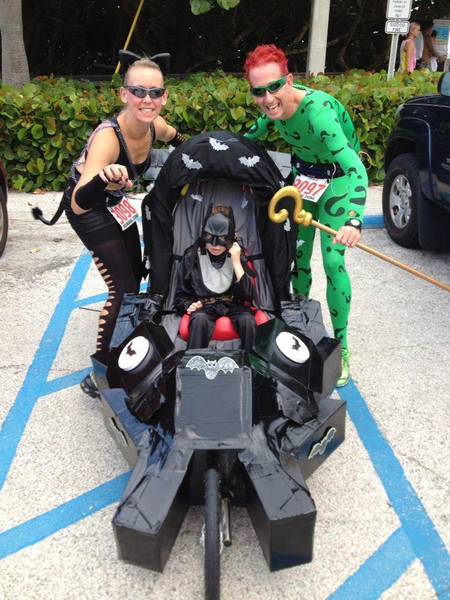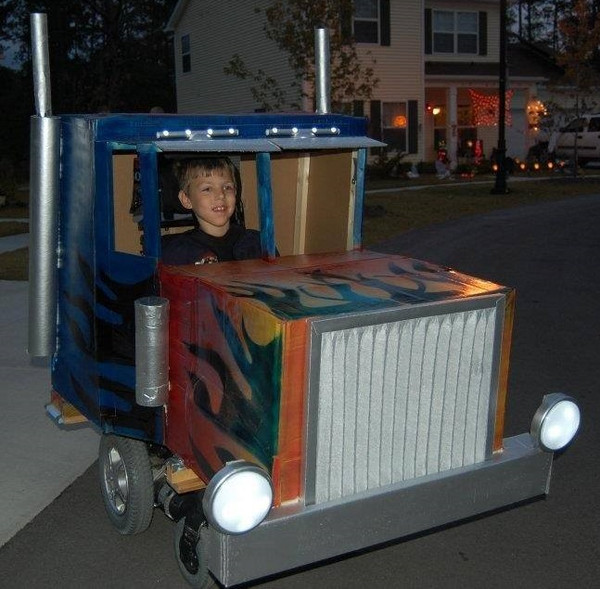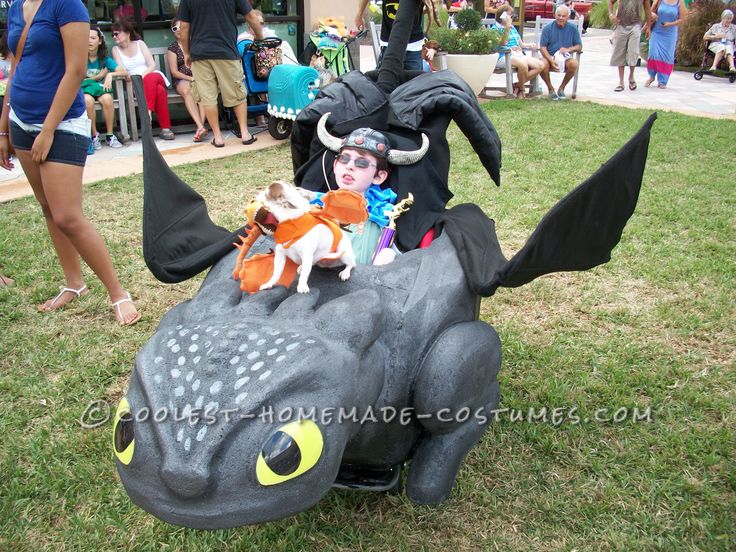Plan ahead by finding out information about your guests.
- Ask if anyone has a special diet or food allergy to consider
- Find out if anyone is bringing a service animal – your Fluffy may not appreciate Fido, so you may want to take your pets into a separate area of your home
- Decide what area of the house could be a private place – some people may need to take medication, change feeding tubes or have other personal needs
Food accessibility can be determined by thinking about food shape, size, consistency, and packaging.
- Large and floppy sandwiches with loose ingredients may be difficult to hold for those with limited dexterity
- Try to limit the use of wet ingredients in sandwiches, like tomatoes, because it makes them soggy and hard to hold
- Smaller items are easier to eat and pick up
- Limit the amount of cutting that foods require
- Serve foods that stay on a fork – rice, small vegetables and long spaghetti noodles are more difficult than tortellini or rigatoni
- Soup is not very accessible
- Have a variety of differently sized and shaped cutlery
- Straws, cups with lids and beverages in both cans and bottles provide beverage accessibility
- Packaging should be easy to open and re-sealable to enable small eaters to save food for later
Conduct an accessibility review of your home. You can’t change everything, such as the foundation of your home, but you can make some simple changes to your home to ensure that people in wheelchairs have better access to things they need:
- Consider the height of your table – can a wheelchair fit comfortably? If not, consider swapping out your regular dinner table for something taller or shorter
- Remove barriers that make navigating your house difficult – take out extra coffee tables, lamps, chairs, throw rugs and items that sit on the floor
- Ensure adequate lighting for persons with visual impairments
- Keep music low as laughter, noise, talking, music, lights and excitement may already cause over stimulation

